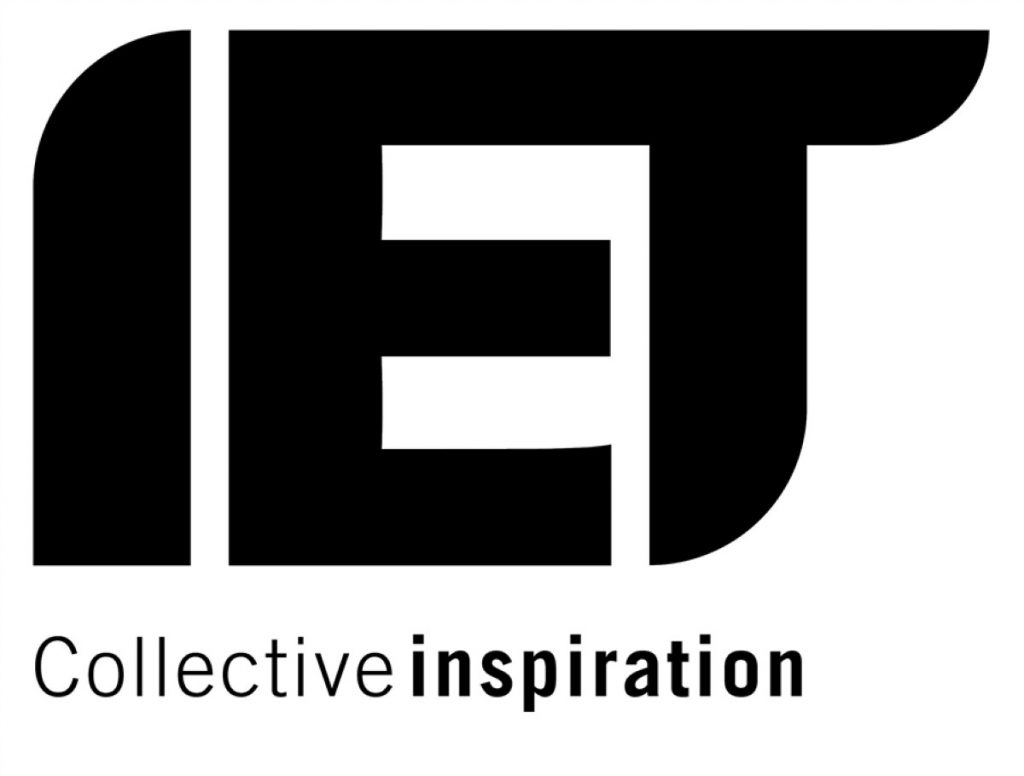IET celebrates 140th anniversary
Europe’s largest professional engineers’ body, the Institution of Engineering and Technology (IET), based in Stevenage, is celebrating its 140th anniversary.
The IET started life as the Society of Telegraph Engineers on 17 May 1871 at a meeting held in London attended by eight people. Today, the IET has over 150,000 members in 127 countries around the world, and provides a professional home for life for its members, supporting them throughout their careers.
The IET employs 430 staff at its headquarters at Michael Faraday House, which opened in 1991. To mark the anniversary, IET Chief Executive, Nigel Fine has today (17 May) cut a special cake – 140 years to the day that the organisation came into existence.
Nigel said: “It’s a big day for the IET as we celebrate our 140th anniversary. We have marked the occasion by cutting a special cake and more events will take place during our anniversary year.
“The IET has constantly evolved over the years to reflect the changing needs of the engineering community and the wider world while providing our members with a professional home for life.
“We have had strong connections with the local area for over 40 years when we opened offices in Hitchin and Stevenage. We moved to Michael Faraday House in 1991, which now houses the majority of our 500 staff. We look forward to continued success in the local area.”
Cake cutting ceremonies also took place in the IET’s offices in London, Birmingham, Glasgow, Beijing, Hong Kong and Bangalore. A series of events are planned over the coming months to mark the IET’s 140th anniversary.
Ends
IET history
Electric telegraphy reached commercial success in 19th century Britain when it was applied to the railways by Sir William Fothergill Cooke and Charles Wheatstone. By 1870 over 2,000 men and 500 women were employed by the telegraph companies in the UK, mainly as telegraph operators.
There were opportunities for many to become engineers. Telegraph engineers needed to know about electricity, setting them apart from the civil or the mechanical engineer, and by 1870 many felt that their profession had attained such a standing that it deserved its own society.
The Society of Telegraph Engineers came into existence on 17 May 1871 at a meeting held at 2 Westminster Chambers, Victoria Street, London. Its remit was for the general advancement of Electrical and Telegraphic Science, and more particularly for facilitating the exchange of information and ideas among its members. Eight people attended the meeting.
The first President of the Society was Charles William Siemens, and early members of the Society included Sir William Thomson, Baron Kelvin of Largs, and Sir Charles Wheatstone, all prominent electrical engineers.
The Society changed its name in 1889 to the Institution of Electrical Engineers and became the Institution of Engineering and Technology in 2006.
Prior to being headquartered at Michael Faraday House, the IET had occupied offices in Southgate House, St George’s Way, Stevenage since 1967 and Station House, Hitchin, since 1968. As well as its Stevenage base, the IET has offices in London, Birmingham, Glasgow, New Jersey, Beijing, Hong Kong and Bangalore.
IET facts:
. The IET is a registered charity with a remit to educate and influence.
. The IET publishes the Wiring Regulations, which set the standard for electrical installation in the UK and many other countries.
. The IET organises hundreds of lectures, events and conferences each year in the UK and around the world.
. The IET makes around 30 submissions to the UK Government, Parliament and the EU on engineering-related policy issues every year.
. The IET awards around £200,000 worth of scholarships, prizes and grants to students and young professionals each year.
. The IET’s awards programmes provide support and recognition for engineers at all stages of their career.
. The IET awards the professional registration qualifications of ICT Technician (ICTTech), Engineering Technician (EngTech), Incorporated Engineer (IEng) and Chartered Engineer (CEng) under licence from the Engineering Council.
. Faraday, the IET’s award-winning educational resource, reaches all schools in the UK with the aim of enthusing young people about science, technology and engineering. This year, over 200 secondary schools took part in the Faraday Engineering Challenge Days.
. The IET publishes E&T magazine, with a readership of over 150,000, combining features, analysis and news and Flipside magazine, the only science and technology magazine for teenagers.
. The IET publishes more than 100 new titles every year; a mix of books, journals and magazines with a back catalogue of more that 500 publications.
. The IET publishes Inspec, the leading English language bibliographic information service for scientific and technical literature.
. The IET has 100 Local Networks of members around the world and 27 subject-specific Technical and Professional Networks.
. The IET works with 1,700 business partners providing opportunities for career growth, skill enhancement and professionalism.
IET timeline
. The Society of Telegraph Engineers (STE) was formed in 1871.
. In 1887 STE became the Institution of Electrical Engineers (IEE) to reflect its representation of the body of electrical engineers in England.
. The IEE was granted a coat of arms in 1948.
. Registered as a charity in 1963.
. Merged with the Institution of Incorporated Engineers in 2006 to become IET.
More information on the history of the IET is available at www.theiet.org
Notes to editors
Expert spokespeople are available for interview and comment.
. The IET is Europe’s largest professional body of engineers with over 150,000 members in 127 countries.
. The IET is a professional home for life for its members and supports them throughout their careers.
. For more information, visit www.theiet.org.
Media enquiries
Robert Beahan, Press Officer
T: +44 (0)1438 767336
M: +44 (0)7595 400912
E : rbeahan@theiet.org





-01.png)